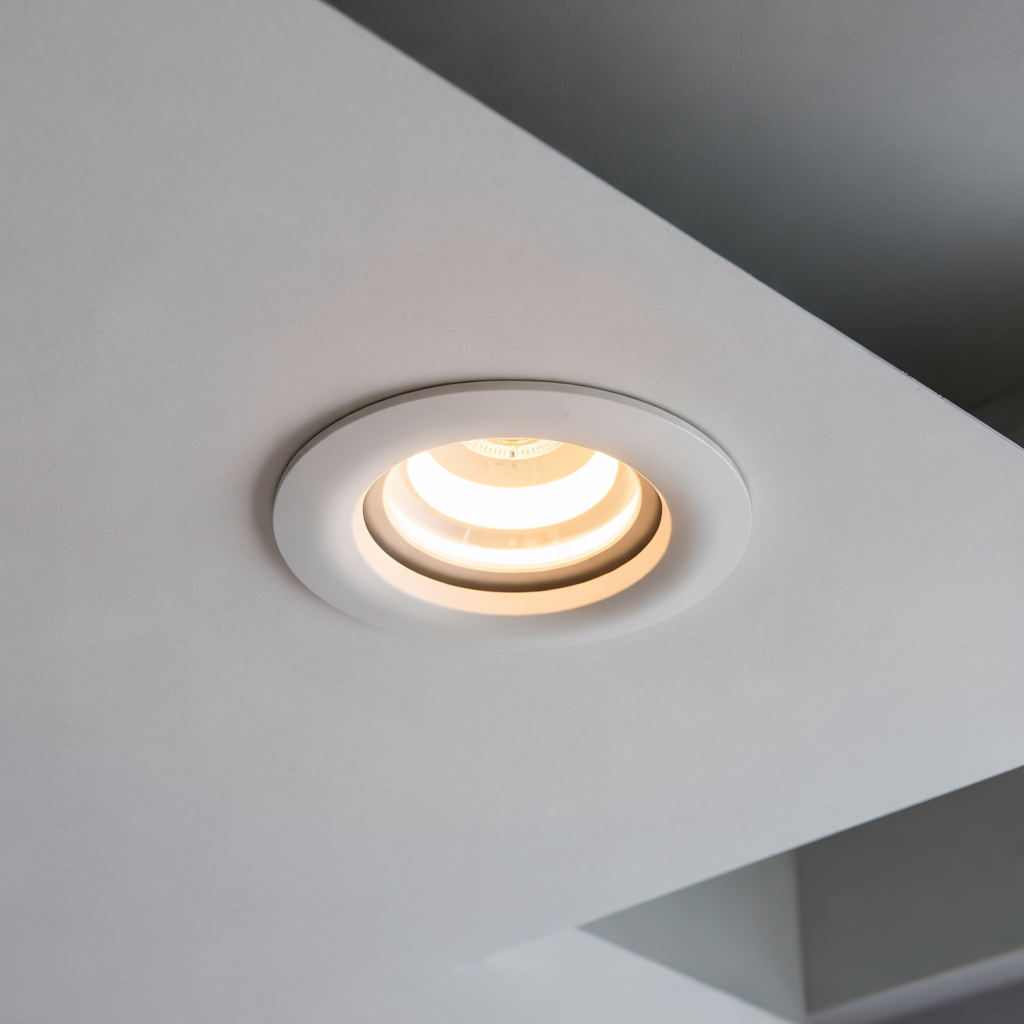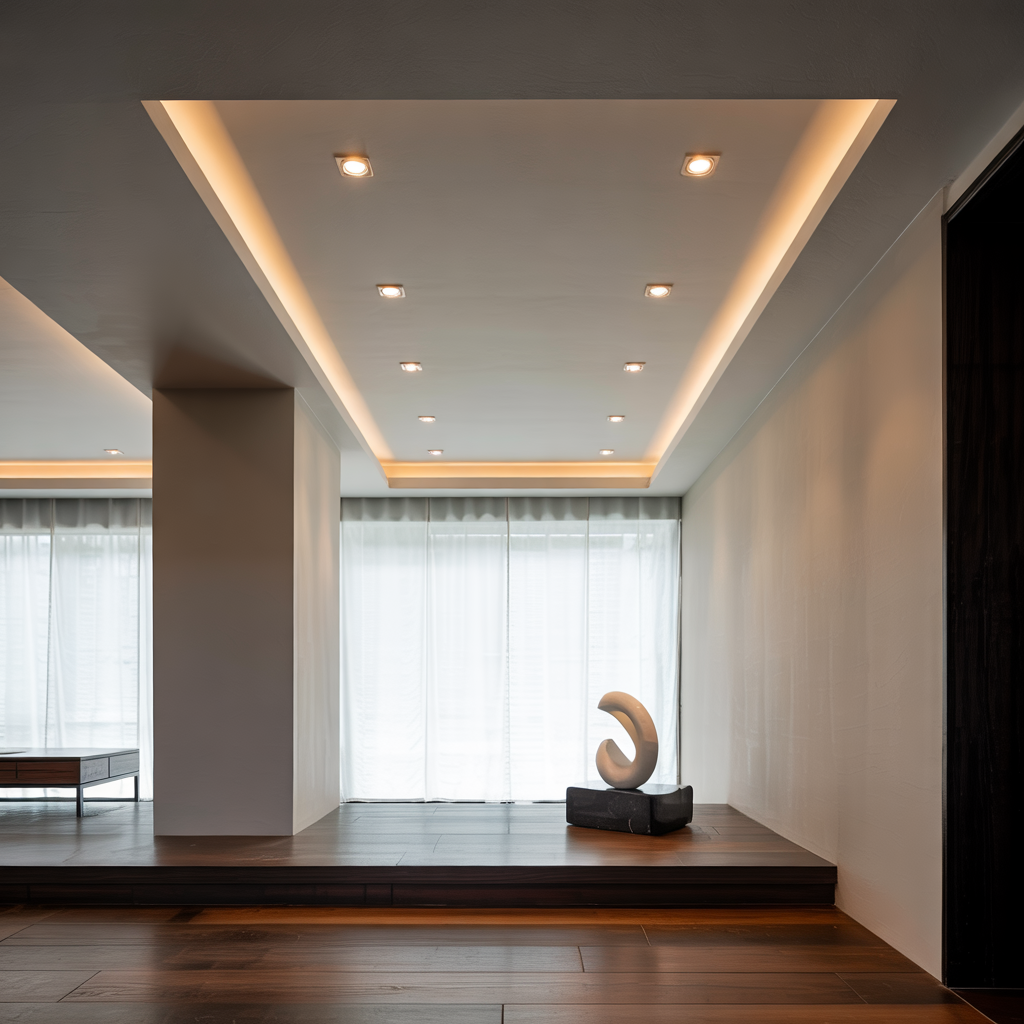Upgrading Your Home Lighting: A Comprehensive Guide To Can Lights LED Retrofit
Looking to upgrade your home’s lighting? Want to save money and improve energy efficiency? Then you’ve come to the right place. This comprehensive guide will delve into the world of can lights LED retrofit, exploring everything from what it is to the benefits, installation, and potential challenges. We’ll break down the technical details in simple…
Looking to upgrade your home’s lighting? Want to save money and improve energy efficiency? Then you’ve come to the right place. This comprehensive guide will delve into the world of can lights LED retrofit, exploring everything from what it is to the benefits, installation, and potential challenges. We’ll break down the technical details in simple terms, ensuring both beginners and experienced DIYers can understand and confidently tackle this home improvement project. You’ll learn about different types of LED retrofit kits, compatibility issues, and how to choose the right option for your needs. Let’s get started!
A can light LED retrofit involves replacing the existing incandescent or halogen bulb in a recessed ceiling fixture (often called a “can light”) with a more energy-efficient LED (Light Emitting Diode) bulb or
kit. This is a simple yet effective way to update your lighting system, offering significant benefits in energy savings, longevity, and improved light quality.
Can Lights LED Retrofit
Let’s discus in detail about this matter so that you will get a clear concept. So, without talking more let’s get started.
Why Retrofit Your Can Lights with LEDs?

Energy Efficiency and Cost Savings
LEDs consume significantly less energy than traditional incandescent or halogen bulbs, translating to lower electricity bills. A typical incandescent bulb uses around 60-75 watts, while an equivalent LED might only use 8-15 watts. This difference adds up over time, resulting in substantial cost savings.
Read More: Cozy Bedroom Lighting Ideas: 15 Ways to Create a Dreamy Retreat
Longevity and Reduced Maintenance
LEDs boast a much longer lifespan than traditional bulbs. While incandescent bulbs might last only a few thousand hours, LEDs can last for 25,000 hours or more. This means fewer replacements, less hassle, and reduced long-term costs.
Types of Can Lights LED Retrofit Kits

GU10, MR16, and Other Bases
Can lights come with various bulb bases, including GU10, MR16, and others. It’s crucial to choose an LED retrofit kit that matches your existing fixture’s base. Incorrect sizing leads to incompatibility and potential damage.
Different LED Light Types
LEDs offer various color temperatures (measured in Kelvin, K), ranging from warm white (2700K) to cool white (5000K) and daylight (6500K). Consider the ambiance you want to create when selecting a color temperature. Brightness is measured in lumens; higher lumens mean brighter light.
Read More: Are Flickering LED Lights Dangerous? Are They A Health Hazard?
Choosing the Right LED Retrofit Kit
Considering Wattage and Lumens
Match the wattage and lumens of your new LED kit to your old bulb’s output to maintain similar brightness. Look at the packaging for this information. Don’t solely focus on wattage; lumens are a more accurate measure of brightness.
Color Temperature Considerations
Different color temperatures create distinct atmospheres. Warm white is ideal for living rooms and bedrooms, while cool white works well for kitchens and bathrooms. Daylight is suitable for areas needing bright, clear illumination.
Installing Your Can Lights LED Retrofit
Step-by-Step Installation Guide
The installation process usually involves simply removing the old bulb and screwing in the new LED bulb or kit. However, some kits might require additional steps, depending on the fixture. Always check the manufacturer’s instructions.
Safety Precautions During Installation
Before starting, turn off the power to the circuit at the breaker box. Never work with live electricity. Use a non-conductive ladder and wear appropriate safety glasses.
Read More: How to Wire LED Stripe Lights? A Comprehensive Guide
Benefits of Can Lights LED Retrofit
Improved Energy Efficiency
The most significant benefit is reduced energy consumption, leading to lower utility bills and a smaller carbon footprint.
Longer Lifespan and Less Waste
Less frequent bulb replacements minimize waste and save money on replacement costs.
Enhanced Lighting Quality
LEDs provide better light quality, with improved color rendering and more even light distribution compared to traditional bulbs.
Limitations of Can Lights LED Retrofit
Compatibility Issues
Not all LED retrofit kits are compatible with all can lights. Some older fixtures might require modifications or may not be compatible at all.
Dimming Compatibility
Ensure the LED kit is compatible with your existing dimmer switch. Using an incompatible dimmer can cause flickering or damage the LED.
Comparing LED Retrofit Kits
Price Comparison and Value
Consider the upfront cost versus long-term savings when comparing different kits. While some kits might be more expensive initially, their longer lifespan can offset the higher cost quickly.
Features and Specifications
Compare features like color temperature, lumens, lifespan, dimming capabilities, and warranty offered by different manufacturers.
Troubleshooting Common Issues
Flickering LEDs
Flickering can be caused by dimmer switch incompatibility, faulty wiring, or a failing LED. Check the dimmer, wiring, and replace the LED if necessary.
LED Not Lighting Up
Ensure the bulb is properly seated and the power is turned on. Check the circuit breaker and try a different bulb to rule out fixture issues.
Smart Can Lights LED Retrofit
Integrating Smart Home Technology
Some LED retrofit kits are designed to integrate with smart home systems, allowing for remote control, scheduling, and automation features.
Benefits of Smart LED Integration
Smart lighting offers enhanced convenience, energy efficiency, and improved home security through customizable lighting schemes and schedules.
Maintenance and Cleaning of LED Retrofit Kits
Cleaning Tips for LED Bulbs
Never touch the LED bulb with bare hands. Use a soft cloth to clean the bulb’s surface.
Dealing with Damaged LEDs
If an LED fails, replace it with a compatible replacement. Do not attempt to repair damaged LEDs.
Frequently Asked Questions
What are the different types of LED can light retrofits?
There are various types, categorized by base type (GU10, MR16, etc.), color temperature (warm white, cool white, daylight), and features (dimmable, smart). Choose the one that matches your existing fixture and desired ambiance.
How do I determine the correct wattage and lumens for my can lights?
Check the specifications of your current bulb. The lumens indicate brightness; aim for a similar or slightly higher lumen output with the LED replacement. Wattage is less relevant for LEDs, as they are significantly more energy-efficient.
Are LED can light retrofits difficult to install?
Generally, the installation is straightforward, often involving simply swapping the old bulb for the new LED. However, always turn off the power before working on electrical fixtures. For complex installations, consult a professional.
What are the potential drawbacks of LED can light retrofits?
Some potential drawbacks include compatibility issues with older fixtures or dimmer switches, and the initial cost, although this is usually offset by long-term energy savings.
How long do LED can light retrofits last?
LEDs boast a significantly longer lifespan than incandescent or halogen bulbs, typically lasting 25,000 hours or more, drastically reducing replacement frequency.
Can I use a dimmer switch with LED can light retrofits?
Yes, but ensure your dimmer is compatible with LEDs. Incompatible dimmers can cause flickering or damage the LED. Check the LED packaging and dimmer switch specifications for compatibility information.
Final Thoughts
Upgrading your can lights with LED retrofits is a cost-effective and environmentally friendly home improvement project. The long-term savings on energy bills and reduced maintenance make it a worthwhile investment. While there are potential compatibility issues to consider, the benefits of improved energy efficiency, longer lifespan, and enhanced lighting quality far outweigh the challenges. By carefully selecting the right LED retrofit kit and following the installation instructions, you can transform your home’s lighting, creating a brighter, more energy-efficient, and stylish environment. Start exploring the many options available and enjoy the benefits of energy-efficient lighting today!

